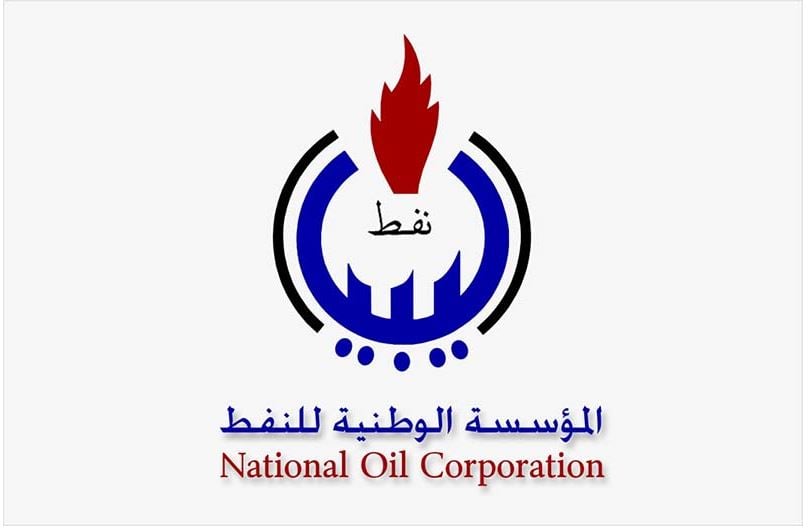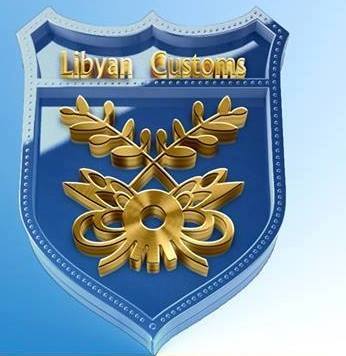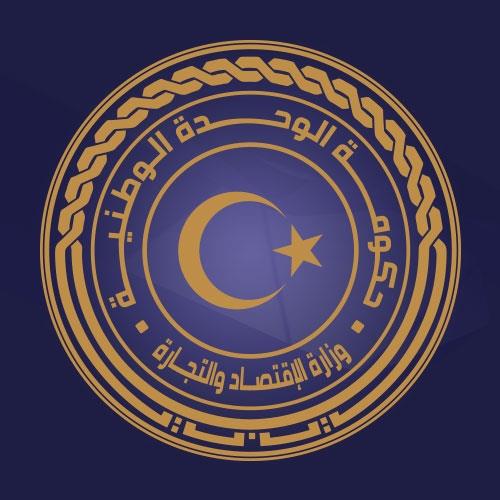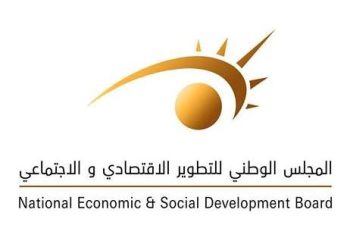Leading Libyan businessman Husni Bey said the data for 2022 issued by the Central Bank of Libya (CBL) on 4 January represents the cash flows of the government’s account with the CBL, or in short, the government’s current account with the CBL.
His comments to Libya Herald come on the back of criticism of the quality of the CBL data by various economists and commentators.
For example, he pointed out that LD 34 billion were deducted from the government’s account with the CBL and added to the account of the National Oil Corporation (NOC), which is a budget for the development of the oil sector. This means that a debt has been charged to the government and an addition to the NOC.
Data for subsidies underreports reality
Regarding subsidies for the year 2022, Bey confirmed that ‘‘70 percent of the value of subsidies whose total is not less than LD 70 billion and true cost may exceed LD 75 billion. These are not stated in the CBL data. The CBL reports only the cash flow paid through the Government accounts, which is correctly about LD 20 billion dinars.
It is certain that what is barter traded in crude/clean products by the NOC nor the crude refined in the Libyan refineries of Zawia, Brega, Tobruk, Sarir are part of the LD 20 billion stated by the CBL and Ministry of Finance.
What power stations, cement factories, iron and steel consume of heavy oil, diesel and natural gas, which is US$ 6 billion in exchange of crude oil for gasoline and diesel, and US$ 2 billion in locally refined oil, and our share of gas produced by ENI is not less than US$ 3 billion.’’
Stressing that ‘‘the CBL data is nothing but a statement of receipt / payment (income / expenses) for the government’s current account with the Central Bank only’’.
Bey believes that the subsidy figures mentioned in the CBL’s 2022 data represents only 40 percent of the real number of subsidies, because 60 percent of the subsidy bill represents the exchange of crude oil for a white product inside and outside Libya and gas used locally for electricity, cement, iron and steel and cooking gas.
Bey said he was not surprised by the CBL quoting the LD 20 billion figure, but shocked that the Ministry of Finance missed LD 50 to 55 billion worth of barter trade or locally refined products by the NOC.
Audit Bureau 2021 report says data for subsidies is ‘‘unreal’’
It will be recalled that the 2021 Audit Bureau annual report had said that the figure spent from the general budget on fuel subsidies, amounting to approximately 10 billion dinars, is “unreal”. It said that the value of fuel consumed locally during the year is estimated at LD 32 billion, equivalent to US$ 7 billion, as the NOC supplied fuel in exchange for crude oil at a value of US 3.6 billion (equivalent to LD 16 billion), and the value of locally produced fuels amounted to LD 9.6 billion (equivalent to US$ 2.2 billion), bearing in mind that the NOC used a value of LD 3.3 billion in subsidy allocations to settle previous banking obligations.
According to the Audit Bureau’s data, the subsidy allocations approved under Resolution No. 429 of 2021 regarding government spending amounted to LD 22,796,680,000, while the financing of the accounts of the implementing agencies for subsidies during the year amounted to LD 20,830,325,734.
The subsidies were distributed during the year 2021, by allocating LD 2.95 million to subsidise medicines, LD 840 million for electricity and public lighting, LD 425 million for general hygiene, LD 229 million for water and sanitation, LD 9.93 billion for fuel subsidies, and LD 4.4 billion for the Wife and Children Grant, and LD 2 billion for the Marriage Grant.
As for the demand for foreign exchange, the Audit Bureau had affirmed that it still exceeds the state’s revenues, in light of the current exchange rate, which at the end of December 2021 amounted to LD 4.5961 to the dollar.
In its 2021 Annual Report, the Audit Bureau indicated that Libya witnessed, during the year 2021, a fundamental change in its financial situation, as it achieved resources amounting to LD 105 billion for the first time in its history, equivalent to (176-418 percent) compared to the two years of 2019-2020. But it pointed out that this was not a result of income growth, but rather due to the CBL devaluing the Libyan dinar against foreign currencies for all purposes under Resolution No. 1 of 2021, so that the price of one dollar became 4.45 dinars on 3 January 2021.











